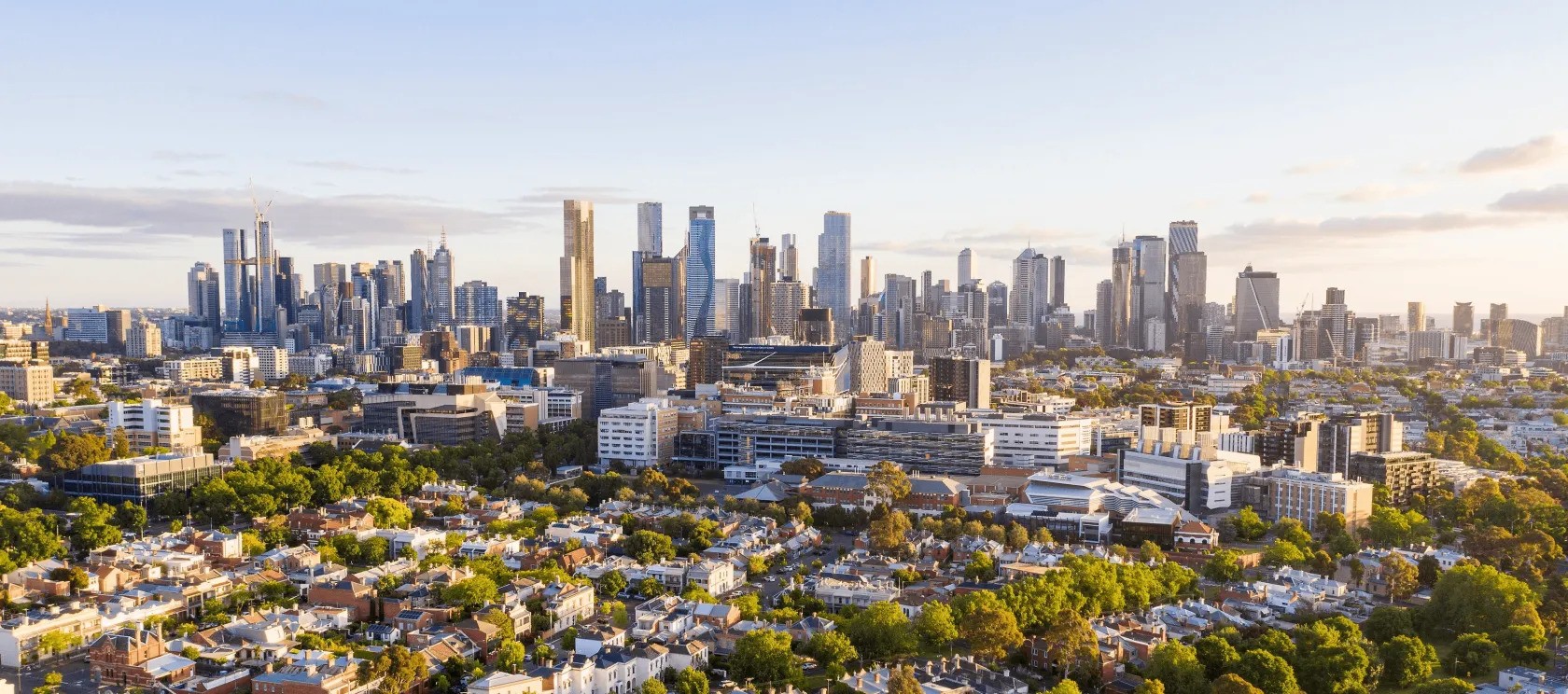Innovation is a collective undertaking that tends to happen in places where people gather. Startups are invariably found in cities, close to other startups, talented staff, venture capital funds, universities and supporting institutions such as incubators and accelerators.
City administrations can play an incredibly important role in fostering innovation. Focused on the success of urban places, they are uniquely positioned to support startup ecosystems. While they don’t always have large amounts of funding for grants or other investments, city governments can deploy a range of low-cost, high-impact methods.
More mature startup sectors are relatively well-organised. They have an established set of supporting institutions: industry associations, incubator/accelerators and regular business events. By contrast, smaller or emerging technology sectors are unlikely to have this sectoral architecture in place. City governments are therefore a key element in supporting these nascent sectors.
Forging connections: a tool for collaboration
The success of a startup ecosystem is built on the strength of connections that exist between the various organisations and people within it. In startup communities there is always an appetite to be better connected, to collaborate with others on ideas and to have opportunities to form new partnerships.
City governments know their city and the people within them better than any other level of government. By bringing together relevant stakeholders in the startup sector, local authorities can offer something highly valuable, whether a simple networking opportunity, a platform to share best practice and insights or workshops around a common challenge.
Turning city challenges into innovation opportunities
Early-stage startups often have great technical expertise but lack insight into real-world problems faced by potential customers. On the other hand, cities have many problems that need solving. Melbourne, for example, needs to reduce carbon emissions from buildings, better integrate international students into the community and adjust to the new post-pandemic city rhythm.
By inviting startups to engage with the city’s issues and providing the necessary data and support, cities can catalyse innovation that supports the public and emerging technology sectors.

By inviting startups to engage with the city’s issues and providing the necessary data and support, cities can catalyse innovation that supports the public and emerging technology sectors.Image: Unsplash/Mika Baumeister
The power of promotion
Innovative activity is built on optimism, fuelled by a sense of momentum and possibility. In this context, marketing plays an important role in highlighting the activity and successes within a sector, thereby attracting talent, investment and public interest.
City governments are usually equipped to promote their cities through websites, newsletters, communications, as well as hosting delegations visiting from overseas. By leveraging existing marketing and communications to promote their innovation sectors, local governments can amplify and accelerate the successes taking place within their cities.
Precinct development and innovation hubs
Because innovation is built on connections between people, it tends to cluster in particular places. Many cities around the world are focused on supporting the development of innovation districts – neighbourhoods characterised by density of research institutions, companies and startups. The most famous example is Kendall Square in Cambridge, Massachusetts. Adjacent to the Massachusetts Institute of Technology (MIT) and home to thousands of startups, it is known as “the most innovative square mile on the planet”.
City governments have many policy levers to support the development of these districts, including land use planning controls and responsibility for infrastructure in the public realm, such as parks, plazas and streets.
Advocacy to state and national governments
State and national governments also play a critical role. In a federal system, these tiers of government can often marshal more significant funding and resources. With well-established communication channels and constructive working relationships, city governments can lead discussions on how to support the local innovation ecosystem, with other levels of government.
The Melbourne experience: technology sector roadmaps
In the case of Melbourne this approach was applied successfully to five priority sectors: biotechnology, climate technology, digital games, sports technology and education technology. These were identified as sectors in which Melbourne has a globally competitive position or as emerging sectors that the city could harness and lead.
For each of these, the City of Melbourne convened and facilitated roundtable discussions with a broad range of stakeholders from startups to larger companies, universities and other levels of government. At each roundtable, participants were asked questions related to sector challenges the city could help address and the most effective way for the city to provide support. Key stakeholders from each sector were interviewed to further inform the understanding of sector dynamics. This engagement led to the co-development of ‘roadmaps’ that now guide the City of Melbourne’s support for each sector.
Climate tech and the Melbourne Climate Network
For climate technology, this work has progressed via the Melbourne Climate Network. Initiated and supported by the City of Melbourne, and led by a board of industry representatives, this innovative initiative regularly brings together hundreds of people from across the city’s business, academic and government sectors, to tackle challenges ranging from climate finance to the retrofitting of commercial buildings.
Despite being in its early stages, the Melbourne Climate Network is already building significant momentum in Melbourne’s climate tech sector. Ultimately, it is likely to evolve into a standalone, member-led organisation supporting the sector.
Leading with impact, not spending
Low-cost interventions driven by city administrations are a valuable complement to larger budgets deployed by other levels of government to support innovation ecosystems. The absence of a substantial budget should not discourage city governments from leading. Creativity, partnerships and strategic action can be just as effective.








